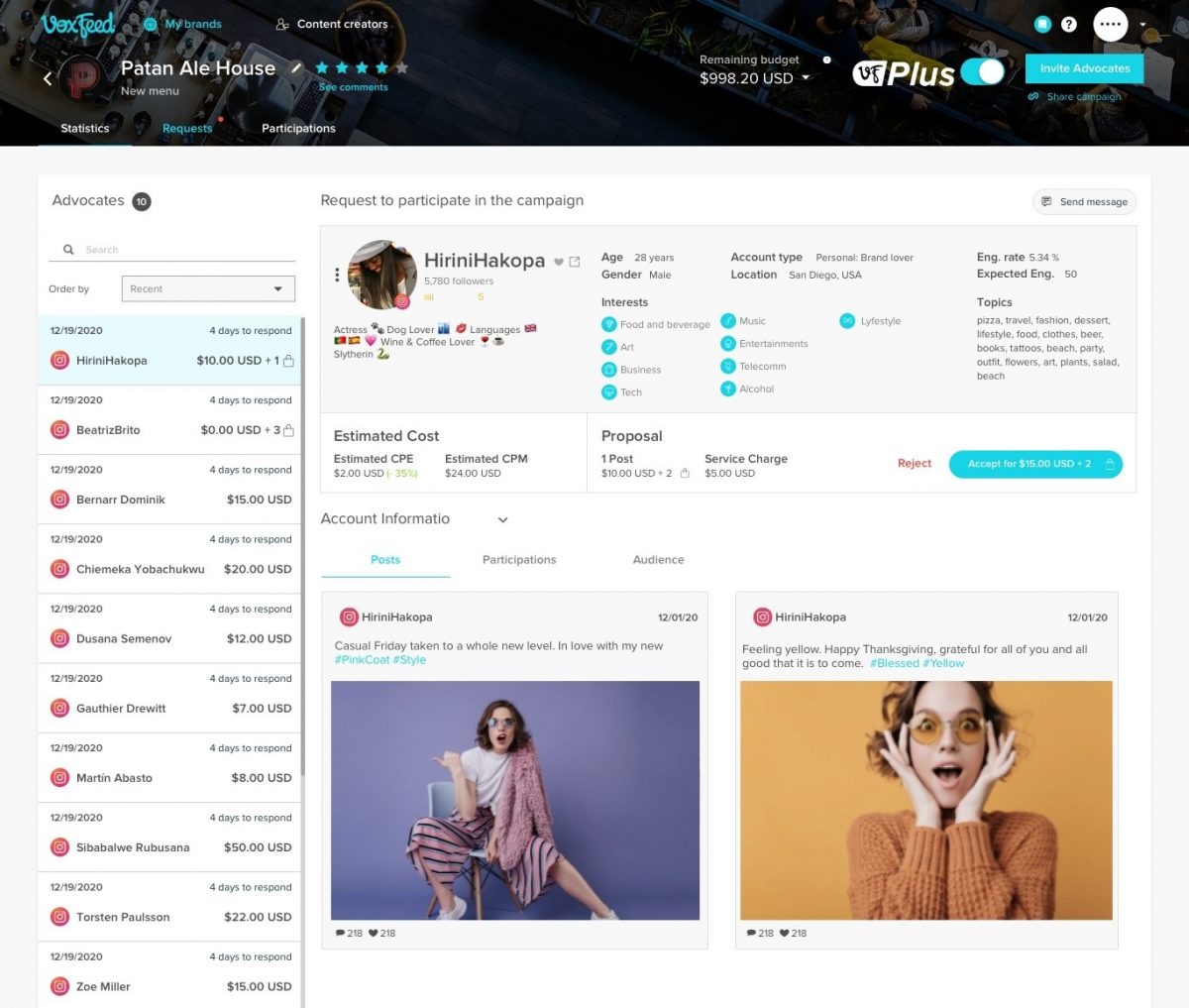Affiliate Social Media Marketing – How to run your affiliate program
From recommending products in blog posts, coupon codes from influencers and content creators, or even simply sharing referral links between friends and family, affiliate social media marketing is key to promote your business online.
Being both free and user-friendly, social media has emerged to be one of the go-to channels for affiliate marketing. With average consumers of about half of the world’s population, social media has modified itself to be more than just a communication platform. During the last decade, it has opened the doors for many to develop their marketing strategies and make money. With numerous ways to promote, market, and sell your products, affiliate social media marketing is one of them.
Social media has made it so virtually anyone can become an affiliate of your brand. Affiliates are no longer required to have a well-known blog or celebrity-status recognition to successfully promote your products. Instead, platforms such as VoxFeed provide affiliates with the tools they need to create content and seamlessly share referral links to their audience.
So, we’ll cover everything you need to know about using social media for affiliate marketing, from getting your affiliate program set up to long-lasting social media promotions.
What is Affiliate Marketing?
Affiliate marketing is a marketing strategy involving affiliates promoting your brand and referring potential customers in exchange for a commission.
It typically involves four main players: the brand, the affiliate platform, influencers or the customers.
Affiliate marketing can be implemented in the form of coupon codes or unique, trackable links that are provided by an affiliate platform. Thanks to these links, it is possible to track exactly how many clicks and sales are made as a result.
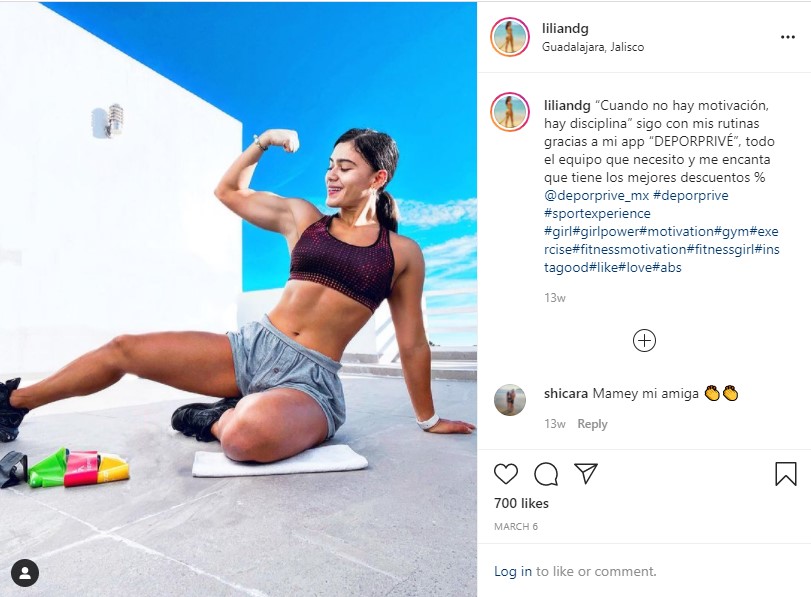
The benefits of affiliate marketing
To start, affiliate marketing is a fast-track way to reach more potential customers. There are thousands, if not millions, of influencers and affiliates you can partner with — each with their own niches, communities, and platforms.
Another major benefit of affiliate marketing is that it’s more organic. When a social media user sees a product or service posted by a brand, it’s understood the brand is trying to sell something. When they see a customer back up a product, the recommendation is perceived as much more genuine and authentic.
How to set up an Affiliate Social Media Marketing Program
Like any other marketing campaign, you need a plan for affiliate marketing. Including gathering the resources you’ll need to get started, assessing your advertising goals and target audience, and optimizing your promotions to fit different social media platforms.
#1 Define your audience and generate links or coupon codes
Affiliate tracking software will provide you with all the functions and features you need to run your affiliate program. This includes referral links, coupon codes and detailed performance reports.
Along with the technical set up, begin setting up the framework of your programs such as conversions and commissions.
There are two main types of commission models: pay per click (PPC) and cost per acquisition (CPA).
A PPC model means that you’ll earn a small amount for every click that you drive to a website, while cost per acquisition CPA only pays when an actual sale is made.
If you’re just starting out, a cost per click model may not be the safest route for your business. A cost per acquisition model is much lower risk as it’s based on actual sales performance, and can motivate influencers and affiliates to focus on sales rather than traffic.
#2 Pick your social media according to your target audience
Find the social media platform that fits your affiliate marketing goals.
VoxFeed includes Facebook, Twitter, Instagram, YouTube, and TikTok. This is an important factor in deciding which platform(s) is the best fit for your affiliate marketing efforts, as different platforms offer different ways to share content and reach customers.
For example, image-centric platforms like Instagram are great for B2C sales, particularly e-commerce.
Brands can easily showcase their products through images and videos, and the shorter sales process means customers are more likely to buy the product on the spot. Plus, Instagram is the chosen platform for influencers, and referral links & discount codes are commonly shared in captions and stories.
Regarding demographics, Gen Z has fully embraced TikTok, while also still dominating Instagram. Millennials prefer to stay up to date on current events and happenings via Twitter. And everyone is on Facebook.
#3 Find content creators and great affiliates for your brand
Finding great affiliates is directly tied to choosing the right social media. You wouldn’t want to partner with an affiliate who uses TikTok when your brand is more suited for Facebook.
Also, affiliates can be anyone from your loyal customers to content creators or influencers.
Check out the different types of influencers and content creators you can reach out through VoxFeed
You might want to:
- Partner with popular influencers to reach broad audiences
- Seek out partnerships with micro-influencers that have high engagement rates
- Use coupon codes that your affiliates can place in posts, captions, and stories (to replace links)
- Have affiliates tag your brand in posts to increase followers and brand awareness
Using your own customers
Customer promotions can be very powerful. In fact, 92% of consumers believe suggestions from friends and family more than advertising.
Using their personal social media accounts, customers can promote and share referral links to your site. Promotions can include posts about why they love your product, images of the product in use, and reviews of their overall experience.
So although it might not have the same glitz and glamour, customers can promote your brand authentically and genuinely.
Learn more about Customer Advocacy
#4 Create a compelling affiliate program
When defining your affiliate program, make sure it’s one that influencers actually want to participate in.
One way to incentivize influencers is to build a tiered program, with the option to unlock extra rewards. This can really motivate influencers to promote your brands and services, and fairly rewards them for the effort they put in.
This could be as simple as a higher commission rate for a higher volume of sales, or a one-off bonus payment.
Brands with Affiliate social media marketing programs – Examples
If you’re looking for inspiration on how to design your affiliate marketing program, check out these examples:
Rent the Runaway
Rent the Runway gathers user-generated content for their feed, and posting it frequently.
They work with well-known influencers, micro-influencers, and even have their own customer advocates.
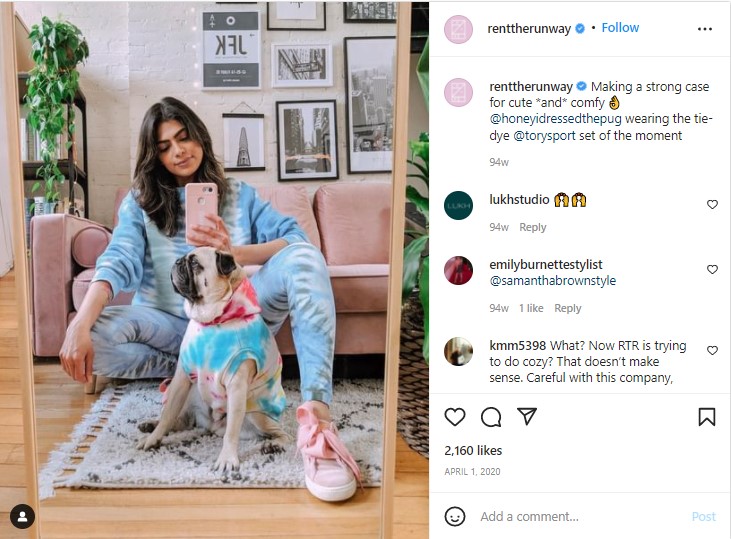
Sephora
The retailer offers a wide selection of prestige beauty products, including skincare, body care, makeup, and fragrances.
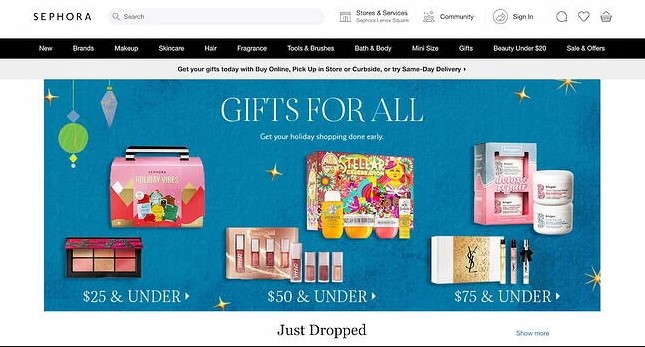
Momondo
Momondo is a global travel search site that compares cheap flights, hotels, and car rental deals and has an affiliate marketing program that pays per click PPC.
Each time someone clicks on a flight on Momondo’s website from your site’s link, you will earn $0.65 for desktop and tablet users, and $0.45 for mobile users.
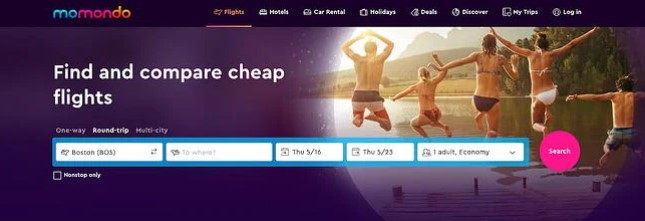
Ritual
Vitamin brand Ritual is other example of an affiliate social media marketing program.
They have a great mix of affiliates that often call out enticing product details in their captions. And a common trend amongst brands who run affiliate programs, Ritual offers many of their affiliates personalized promo codes that their social audiences can use to get discounts or deals they wouldn’t get otherwise. By shopping with a promo code, through an affiliate they trust, the shopper is more likely to buy, and then repeat the purchase once they’ve used the product.


